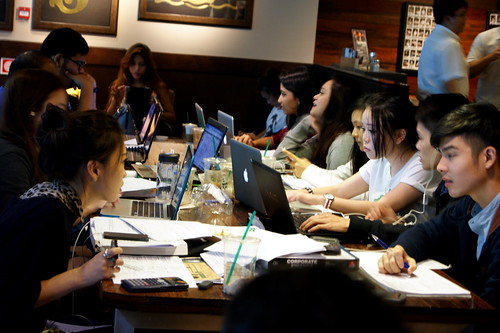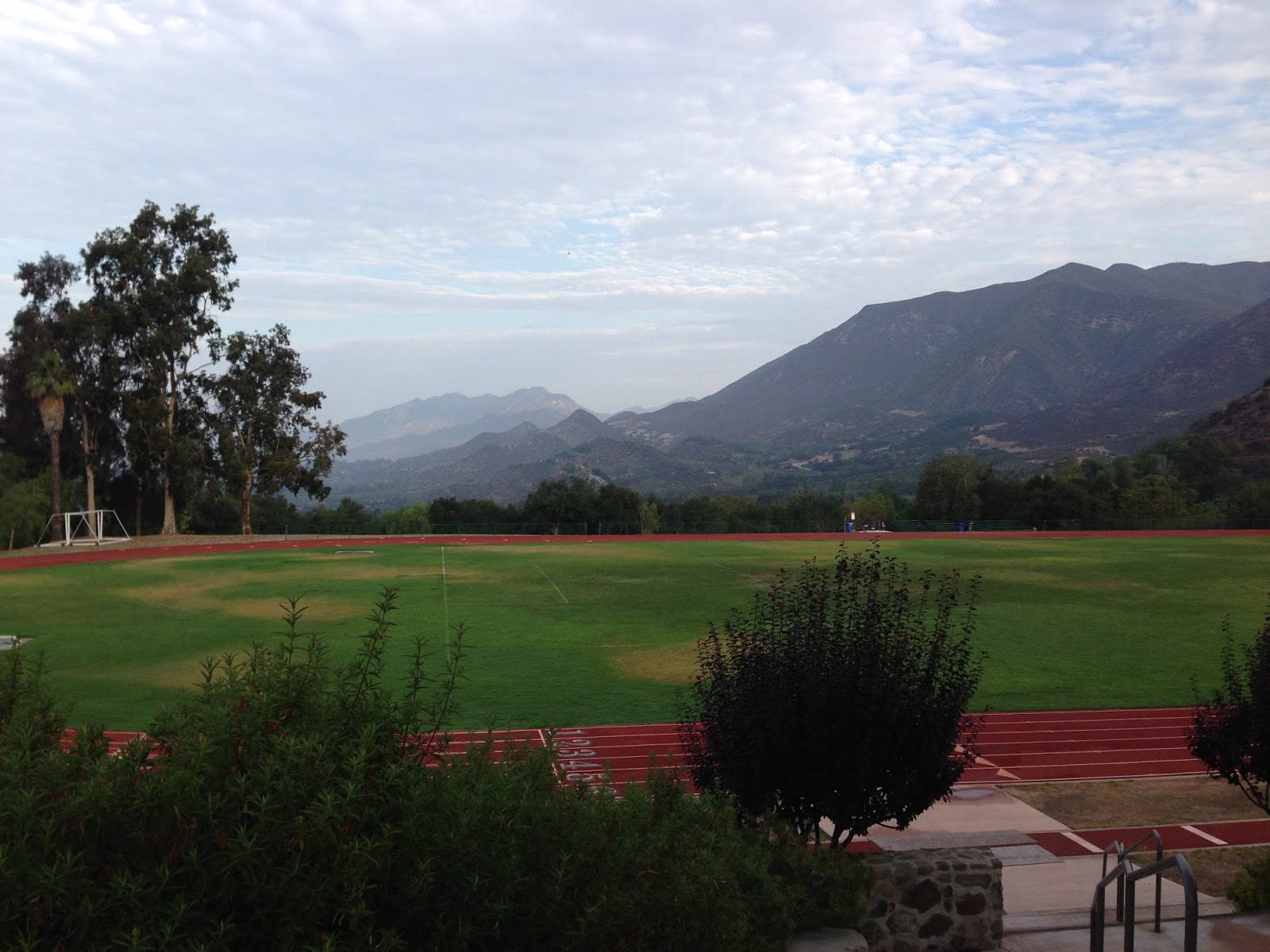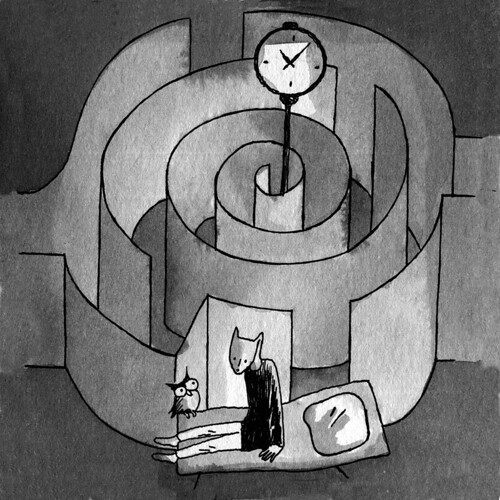I had two great new professional development experiences this summer, so in chronological order..
Instead of going to ALA or ISTE this summer, I joined
NAMLE, the National Association for Media Literacy Education, and attended their
conference in Torrance, California. I thought it looked interesting, and it was only a 25 minute drive from home, so why not go?
I am glad I tried something new because I learned so much about a diverse group of people who care about media literacy, why they care, and what they are doing about it. NAMLE is a very helpful organization with a ton of quality
resources. It was a small conference all in one hotel, and it was packed with interactive sessions, conversations, keynotes, and connections. Attendees were college professors and students of media literacy, producers of systems of teaching media literacy, makers of media in a variety of formats, teachers, researchers, and more. I was a bit disappointed that I didn't find very many librarians there, because I think we really care quite a lot about media literacy, but I did meet a few (including Rutgers assistant professor
Rebecca Reynolds and fabulous high-tech children's librarian
Cen Campbell). Aren't we school librarians often the ones on campus teaching elements of media literacy? Don't you teach (or at least try to get in the curriculum!) about copyright, evaluating information, visual literacy, digital citizenship, and how to be skeptical about information in all formats?
Here is an overview of my conference experience:
Keynote #1:
I have a new Jewish heroine and she is
Tiffany Shlain. She spoke about how she makes cloud movies, how to make change through film, how she is helping nonprofits make videos, and she shared her family's
unplugged Shabbats, even though this is her medium for her work and creativity! Her site is
letitripple.org. Here is her keynote presentation:
Keynote #2:
Jim Berk, CEO of
Participant Media, was the other keynote, and he was also inspiring and full of information I can bring back to school. I am very excited about
pivot.tv in particular. And I love the movies made by Participant Media so I am glad to know more about the company.
The sessions I attended were interesting and worth while as well. Here is a sampling:
I heard about three fabulous girl-led activism organizations involved with media, from Dana Edell, Executive Director of SPARK Movement, Jennifer Berger, Executive Director of About Face
and Dana Hernandez from the Training Institute for Hardy Girls Healthy Women. These women and their organizations will be great resources for me to inspire the girls I work with and with a new class I am teaching second semester about using social media for social good.
I learned from Chris Sperry about
Project LookSharp and how to use c
onstructivist media decoding in classes. This type of conversation with a group of students takes practice, and I hope to start practicing in the fall!
Bonnie Nishihara (technology director) and Joe Harvey (head of school) from Saint Mark's School, an independent school in California, and Cyndy Scheibe (from
Project LookSharp) gave a great overview of how they
made media literacy a priority and have integrated it into their K-8 curriculum purposefully and successfully.
Near the closing of the conference, Renee Hobbs led us in an exercise to define what the term
media literacy means to all of us. Using brainstorming, collaborating, and hundreds of post it notes, the group came up with lots of ideas. I would love to try to re-create this exercise with school librarians someday.
I think the next NAMLE conference will be in the Spring of 2015 - I hope to see you there! School librarians need to attend this conference to show what we are teaching about media literacy, and to learn what others outside of librarianship are doing. Web/information evaluation, digital citizenship, decoding images, copyright and Creative Commons - it is all a part of it.







